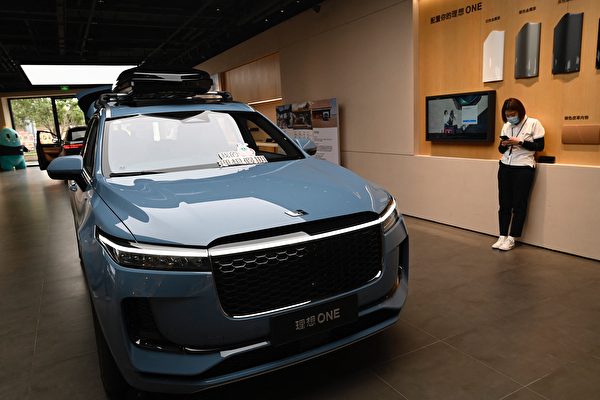The impact of the price war has put Chinese car dealers in a precarious situation, with losses further widening, while the government’s subsidy for the “old-for-new” policy for new energy vehicles has been diluted by the price war.
On August 21, the China Automobile Dealers Association released a report on the survival status of national car dealers in the first half of 2024, showing severe losses in new car sales, dealers operating at a loss, increasing operational risks, and narrowing profits. In the first half of 2024, the proportion of dealers facing losses reached 50.8%, while the profit proportion was 35.4%, indicating a significant increase in losses compared to the previous year (+7.3%).
According to a report by “Caijing,” Lang Xuehong, Deputy Secretary-General of the China Automobile Dealers Association, stated that one out of every two dealers operated at a loss in the first half of the year. Particularly since the second quarter of this year, the price war has intensified, with manufacturers and dealers deeply mired in price wars, with profits being consumed by endless price competition.
In the first half of 2024, the Chinese government introduced the “old-for-new” policy for new energy vehicles to boost consumer confidence. However, against the backdrop of intense price competition, the subsidy amount has been diluted, leading to increased consumer hesitancy and consecutive monthly declines in new car sales volume. Faced with intense market competition and frequent price wars, brand manufacturers and dealers are using price reductions and promotions to compete for market share to achieve sales targets.
The survey shows that in the profit structure of dealers, severe losses are incurred in new car sales, with the gross profit contribution from new cars being negative, and the losses continue to expand. Furthermore, the average total gross profit per store has significantly decreased compared to 2023, especially in new car businesses, with an average per-store loss amounting to 1.78 million yuan. Even profitable dealers have seen a significant year-on-year decline in per-store profits.
In this survey, several group investors or operational heads expressed that the current market is highly uncertain: the imbalance between production and sales has led to vicious competition, manufacturers setting unrealistic targets causing continued deterioration of the dealer’s inventory survival environment, and frequent price reductions and price discrepancies leading to a vicious cycle.
Through sacrificing profits in exchange for sales volume, only 28.8% of dealers achieved their semi-annual sales targets. The proportion of dealers who did not achieve their targets reached 33.3%.
Looking at different brands, luxury/imported brand dealers fared better in achieving sales targets, with over 40% of dealers meeting annual sales goals, while the completion rate for joint venture brands was lower, with only 20.8% of dealers achieving annual sales targets, and independent brand dealers at 23.1%.
Additionally, in the first half of this year, overall dealer satisfaction with manufacturers significantly declined. The declining satisfaction is mainly attributed to serious price disparities in new cars, market price chaos, lack of continuity in manufacturer policies, occurrences of bundling and inventory pressure, leading to increased operational pressure on dealers, with a large number either facing losses or on the brink of losses.

